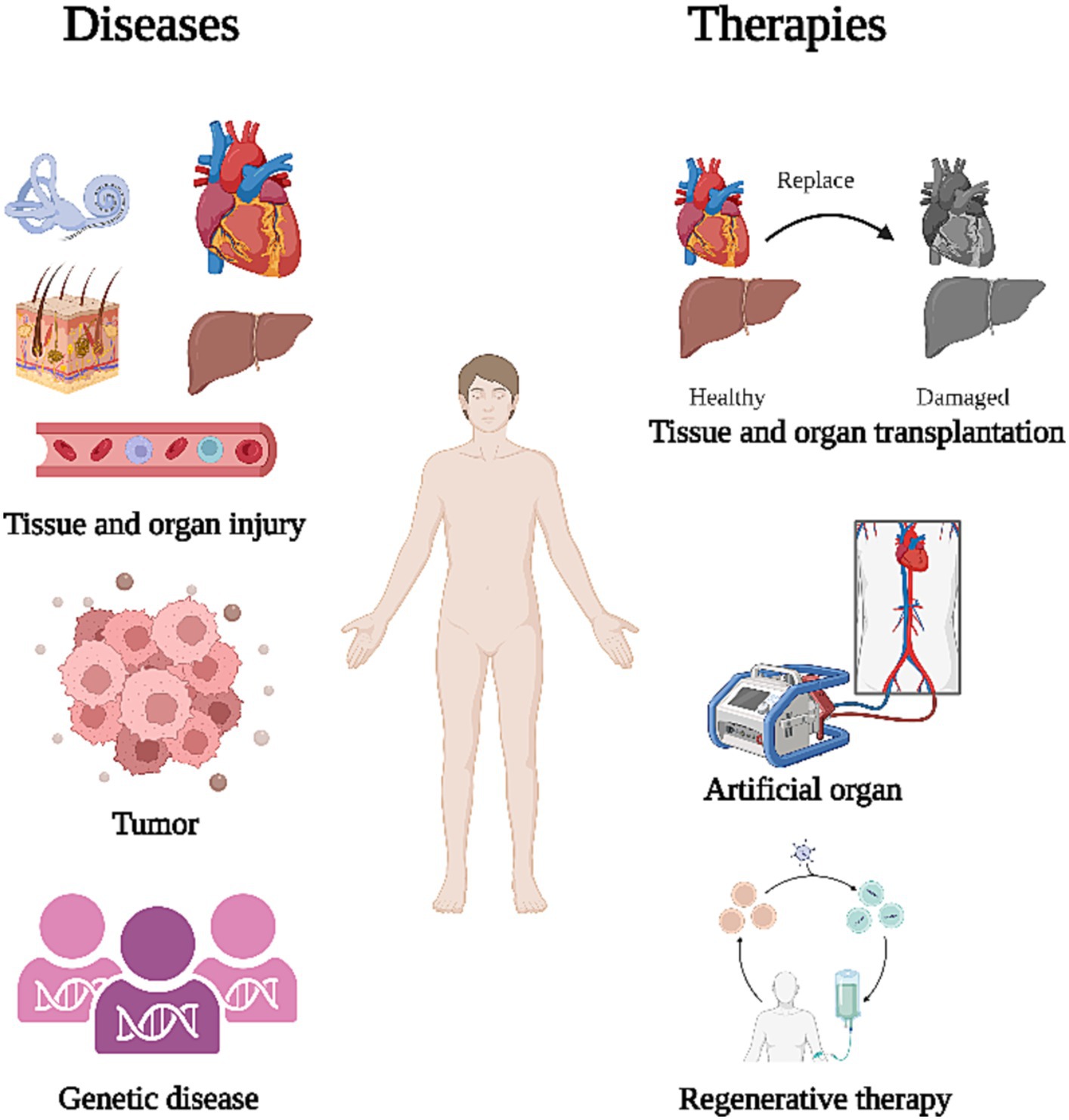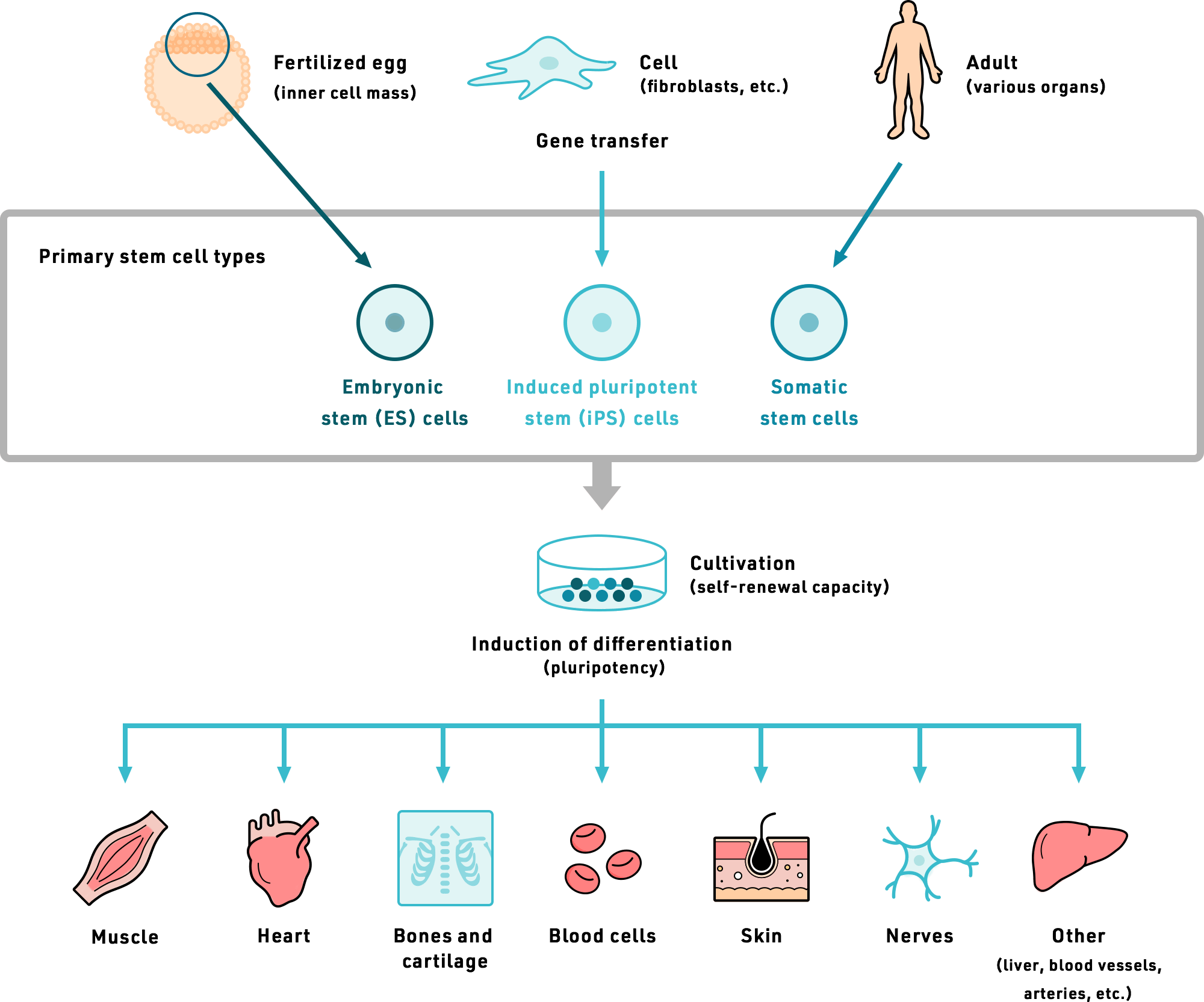Table of Contents

[/image][=video]
[/video]
Viscosupplementation: Shot of hyaluronic acid into intra-articular room can bring back the thickness and flexibility of osteoarthritic synovial fluid. HA plays a necessary role in shock absorption, lubrication, and the visco-elastic nature of the synovial fluid. Prolotherapy: Prolotherapy is the shot of an option to refurbish an inexperienced structure and advertise sclerosis at the shot site.
Greater than one treatment session may be required before results are really felt and, just like any treatment, results are not assured. A stem cell does not serve a certain physical function, but it can become a cell that does, such as a cartilage cell or a tendon cell. Physicians who use stem cell treatment believe that, when put into a certain atmosphere, stem cells can change to satisfy a specific need.
PRP can be infused or used to the hurt area throughout a surgical treatment See PRP Treatment for Persistent Tendon Injuries To make PRP, blood is extracted from the patient and after that processedoften utilizing a centrifugeto develop a concentrated service of platelets and plasma (PRP). See Platelet-Rich Plasma Shot Treatment: All PRP is not the exact same.
Swelling increases blood circulation and brings in cellsgranulocytes, monocytes, macrophages and fibroblaststhat can repair and recover broken cells. During prolotherapy, a physician injects an irritant right into the damaged location, which momentarily raises swelling.
Menopause Therapy around Norton Shores

Prolotherapy often makes use of PRP as an irritant, but prolotherapy is not necessarily a mobile therapy. In reality, the most generally used toxic irritant is dextrose, a straightforward sugar. Materials such as glycerine or saline might additionally be used.: Compared to other regenerative medicine therapies, such as stem cell and PRP injections, there is not a great deal of scientific study relating to prolotherapy and its effectiveness.
Various techniques might be made use of to attempt to fix cartilage material, consisting of yet not limited to: Making small cuts or abrasions in the bone straight below the cartilage material injury. The purpose is that the blood from the harmed bone will facilitate brand-new cartilage material cell development. Transplanting cartilage material from another part of the patient's body, a contributor, or animal.
Regenerative medication seeks to change cells or organs that have been damaged by age, illness, trauma, or congenital problems, vs. the existing clinical approach that concentrates largely on treating the signs. The tools made use of to recognize these outcomes are cells engineering, mobile therapies, and medical tools and fabricated organs. Combinations of these methods can magnify our all-natural healing procedure in the locations it is required most, or take control of the function of a completely harmed body organ.
When harmed or invaded by condition, our bodies have the innate action to heal and safeguard. Suppose it was possible to harness the power of the body to heal and afterwards accelerate it in a scientifically pertinent means? Suppose we could help the body recover much better? The encouraging field of regenerative medicine is working to bring back framework and feature of damaged cells and body organs.
Perimenopause Treatment servicing Norton Shores
The goal of this strategy is to establish transformative healthcare options that will potentially heal previously untreatable injuries and conditions. Tissue design is a strategy where naturally compatible scaffolds are dental implanted in the body at the site where new cells is to be developed. If the scaffold is in the geometric shape of the cells that requires to be generated, and the scaffold brings in cells the outcome is new tissue in the form wanted.

Millions of individuals have actually been treated with some kind of cells crafted devices, yet the area is in its early stage. Numerous millions of adult stem cells are found in every human.
For more information regarding some of the promising researches and medical tests including cellular treatments, visit this site. In instances where an organ stops working, the predominant professional approach is to transplant a substitute body organ from a donor. The primary difficulties are the accessibility of donor body organs, and the need that the contributor take immunosuppression drugswhich have side impacts.
Stem Cell Therapy in Norton Shores, Michigan
Regenerative medicine covers a variety of techniques in medicine, biology, design, and various other locations of scientific study. While there are just a minimal variety of authorized regenerative medication therapies for clients right now, lots of possible therapies remain in clinical tests, or will certainly be quickly. These interpretations are intended to help you understand terms you may hear as regenerative medication becomes a widespread topic of discussion.
Biomaterials is an increasingly advanced innovation that mixes concepts of design and biology to drive discovery and testing of treatments. The term extensively describes products that are developed for the purposes of connecting with living cells, tissues, organ, and systems. Biomaterials can be obtained from natural sources, like proteins or sugars, or from synthetic materials, like polymers, steels, or plastic.
One preferred group of biomaterials, referred to as hydrogels, are water-based structures with customizable homes to residence cells in 3D rooms that resemble problems in living tissue. Next-generation biomaterials can be modified in real-time to route just how cells function in 3D space. Condition modeling is the usage of animals, stem cells, and crafted devices to research human illness without the demand for human topics.
Menopause Therapy
Diet plan, way of living, exposure to sunlight, and aging are all aspects that can trigger epigenetic adjustments. In the area of regenerative medication, researchers study exactly how epigenetic adjustments add to disease-causing anomalies. In one examination, ISCRM researchers belong to an effort to establish a gene therapy to aid boys and canines with a rare muscle mass problem to walk and thrive.
Navigation
Latest Posts
Regenerative Therapy
Perimenopause Treatment
Menopause Treatment local to Norton Shores